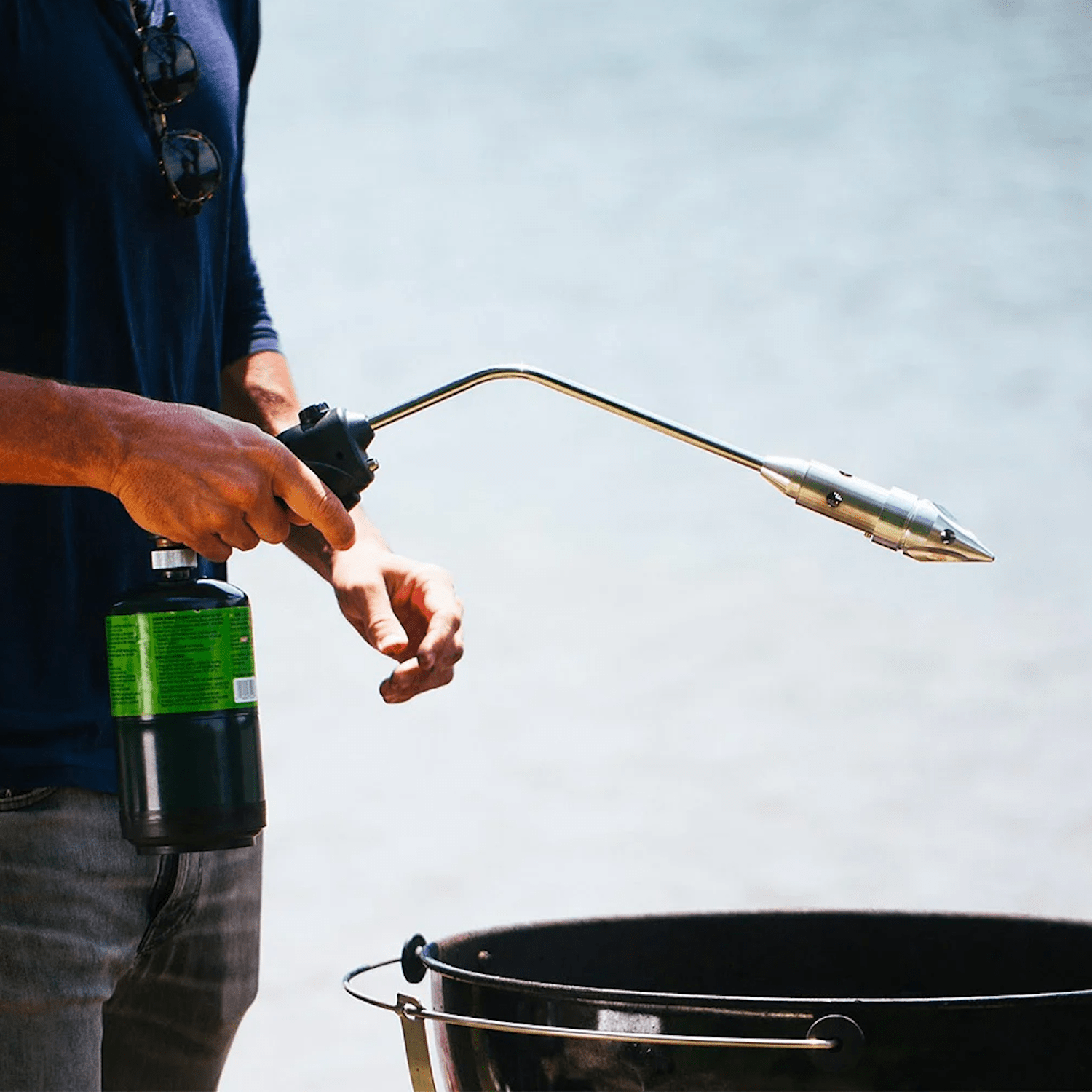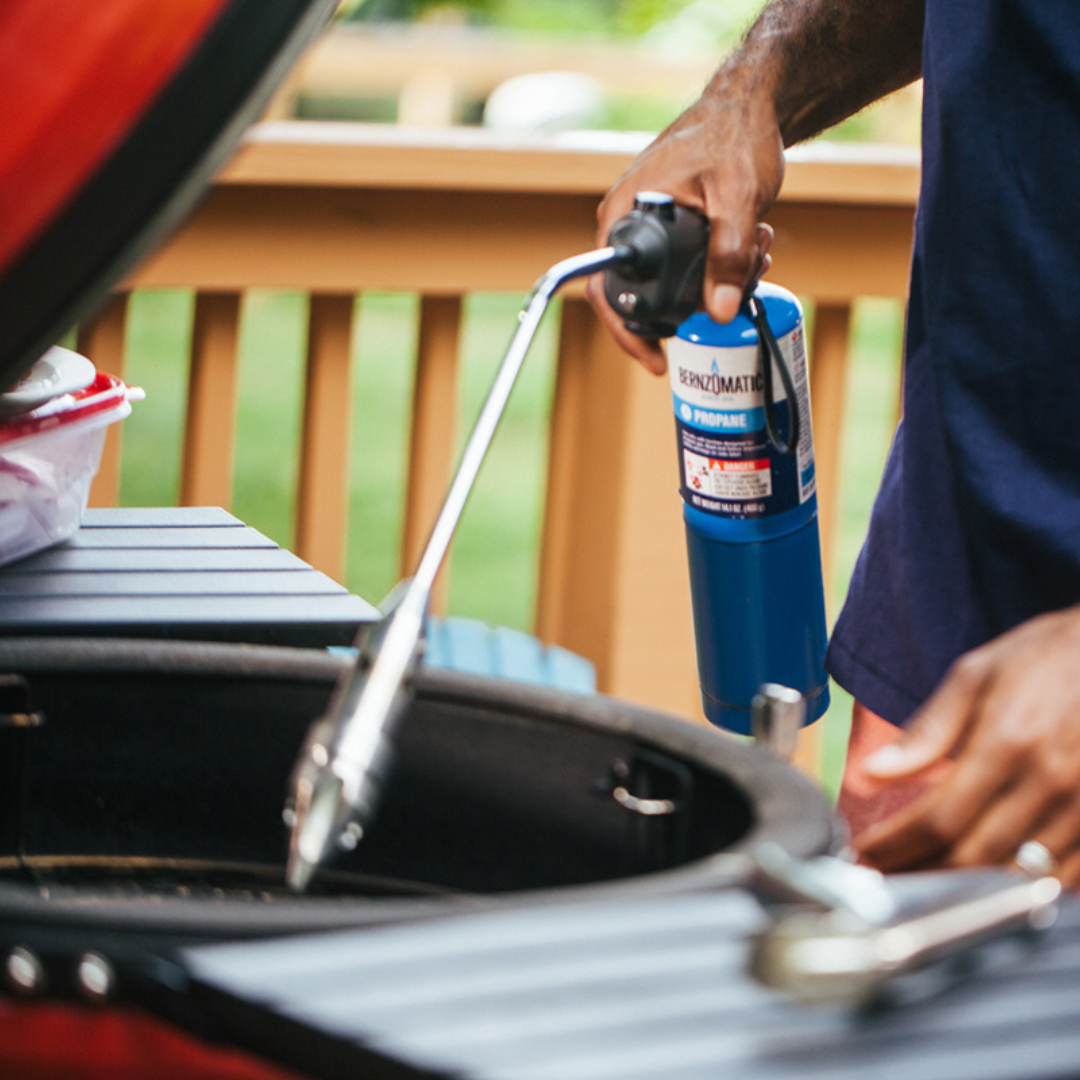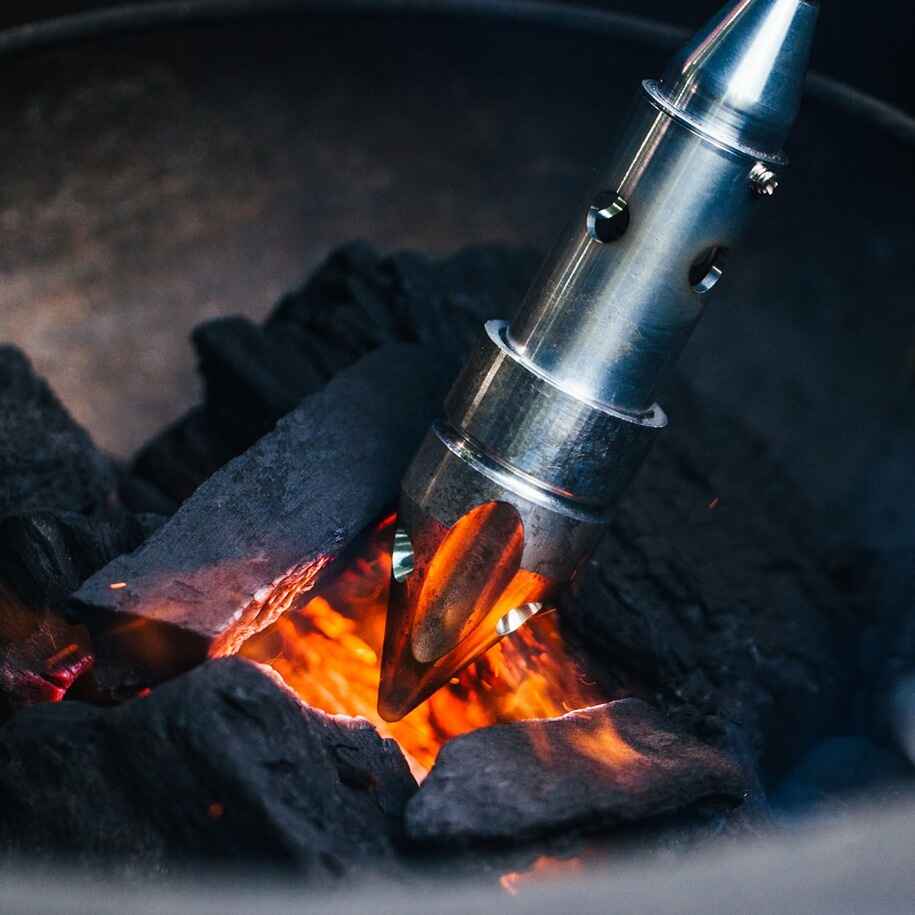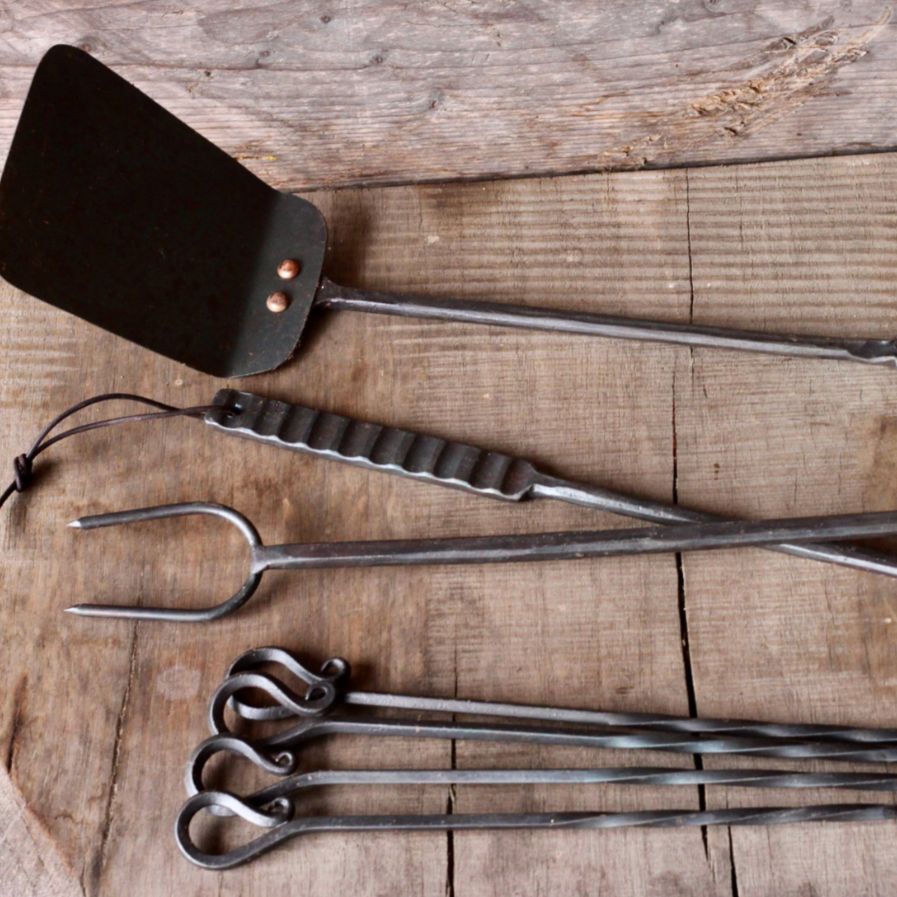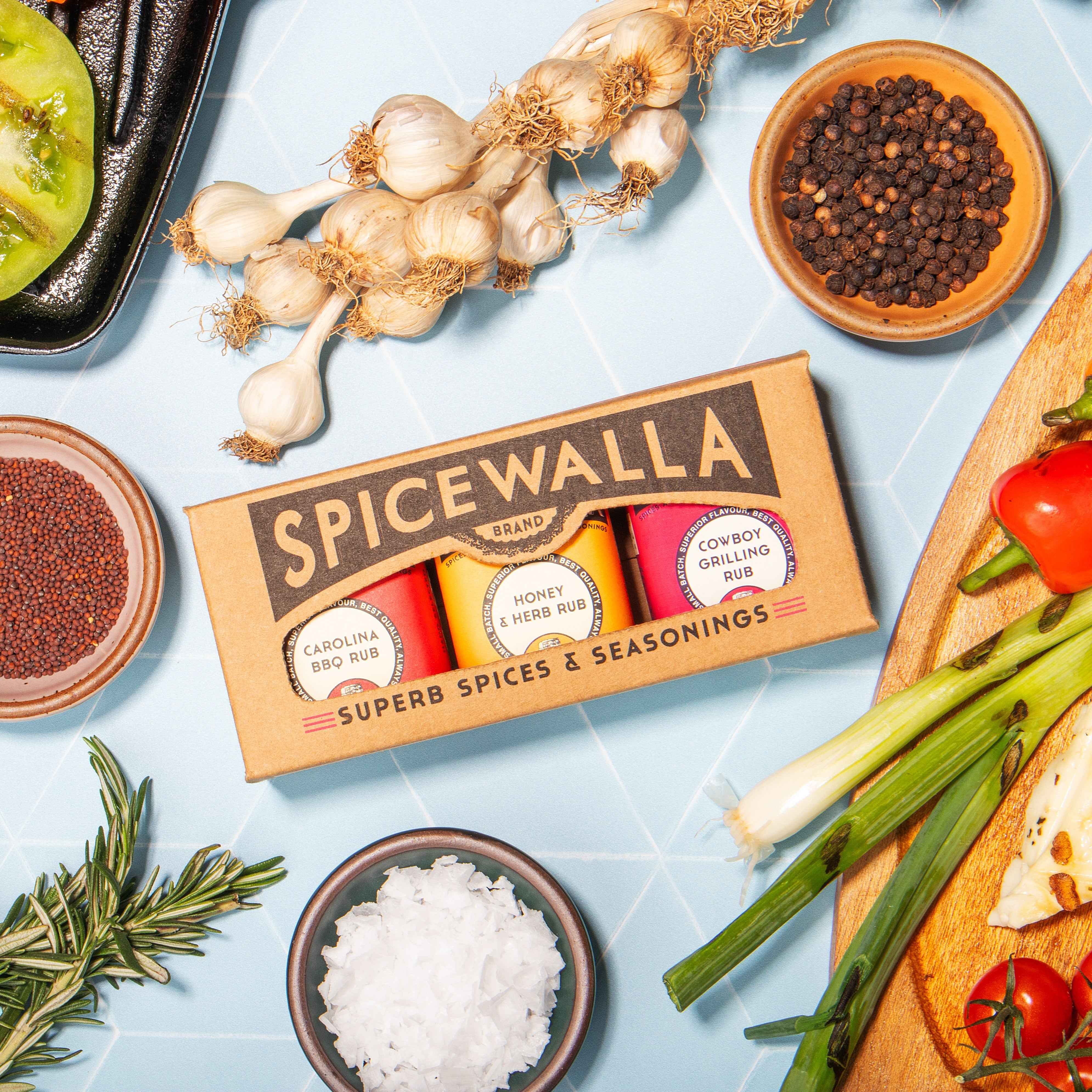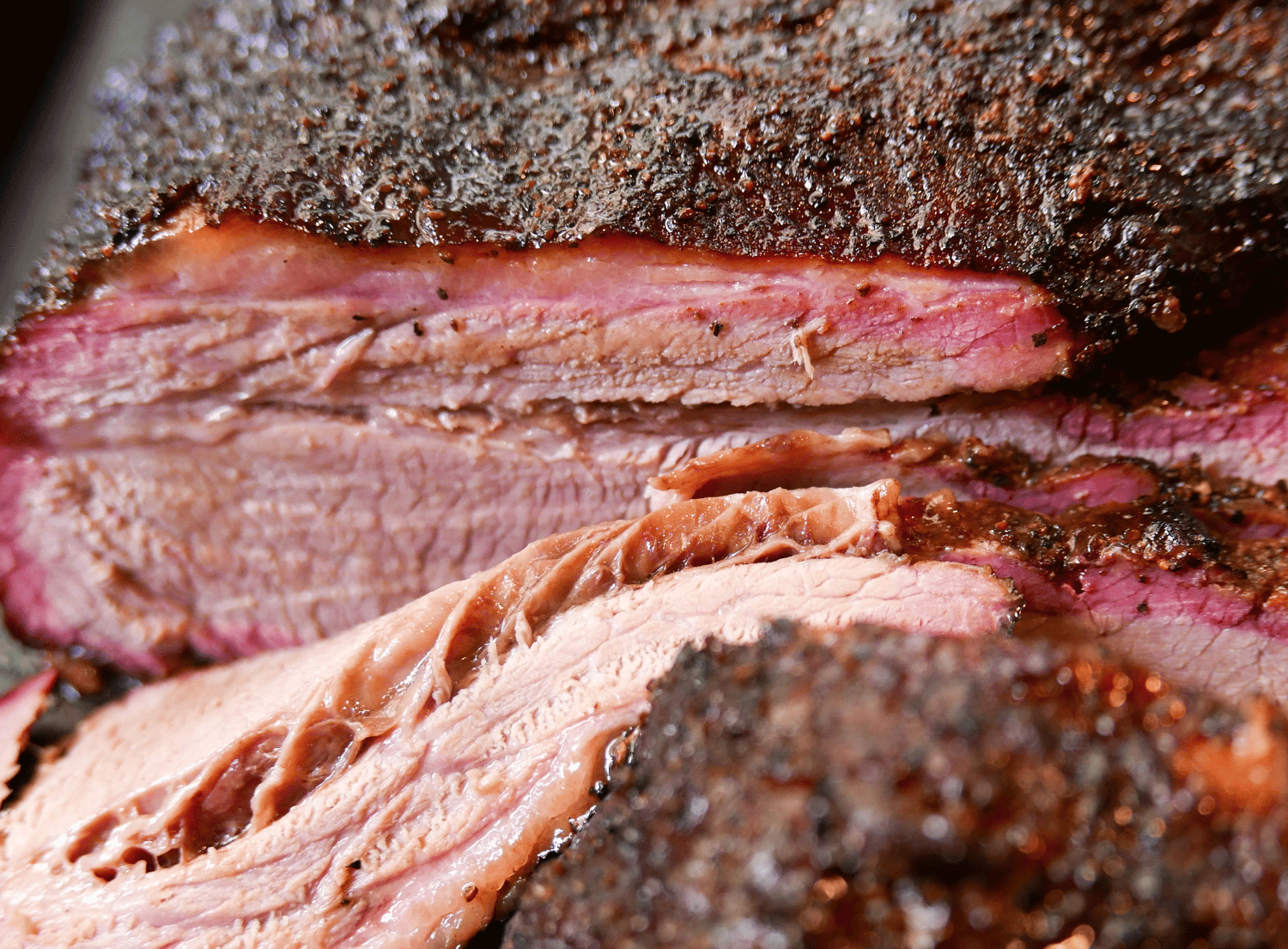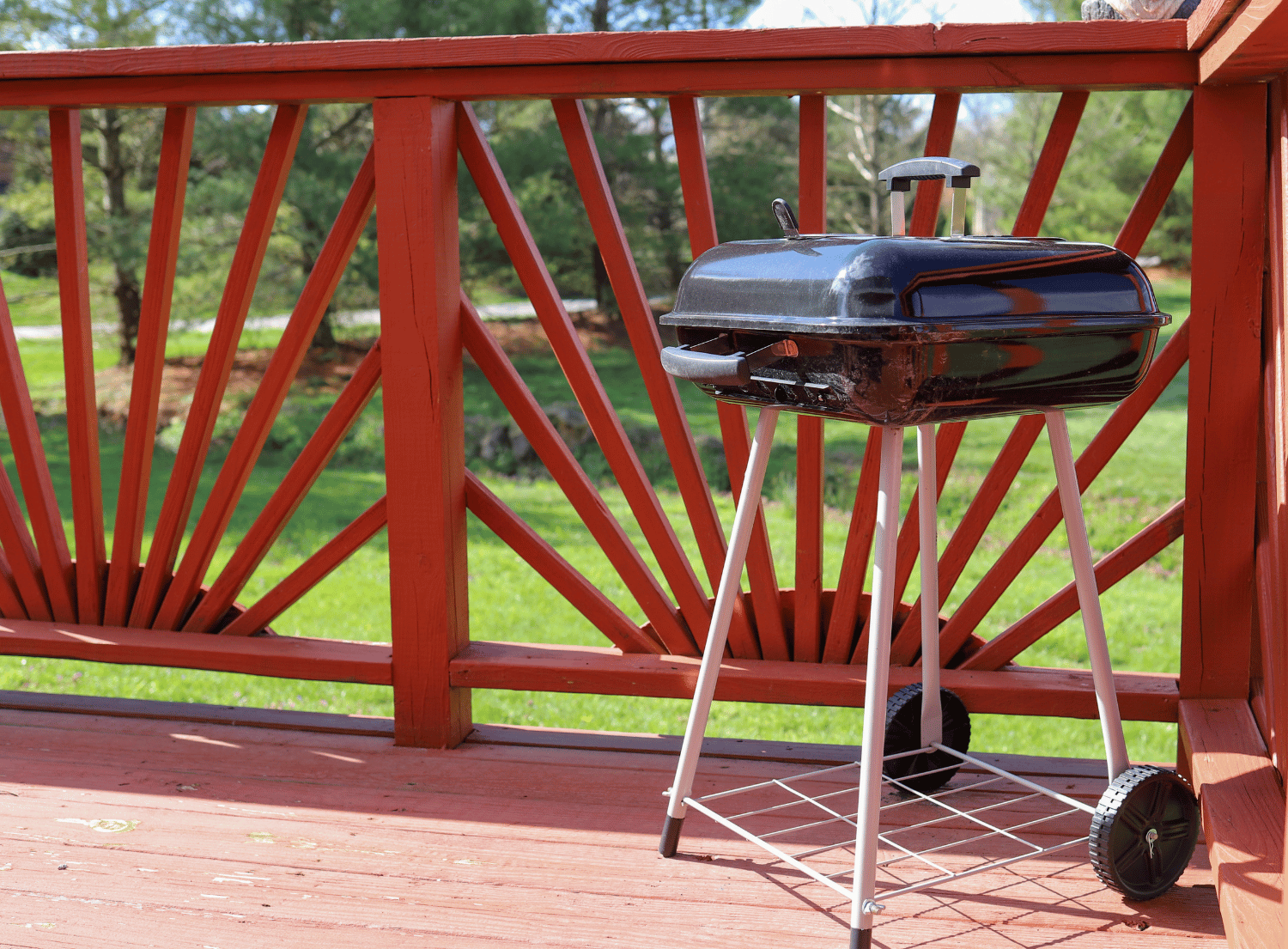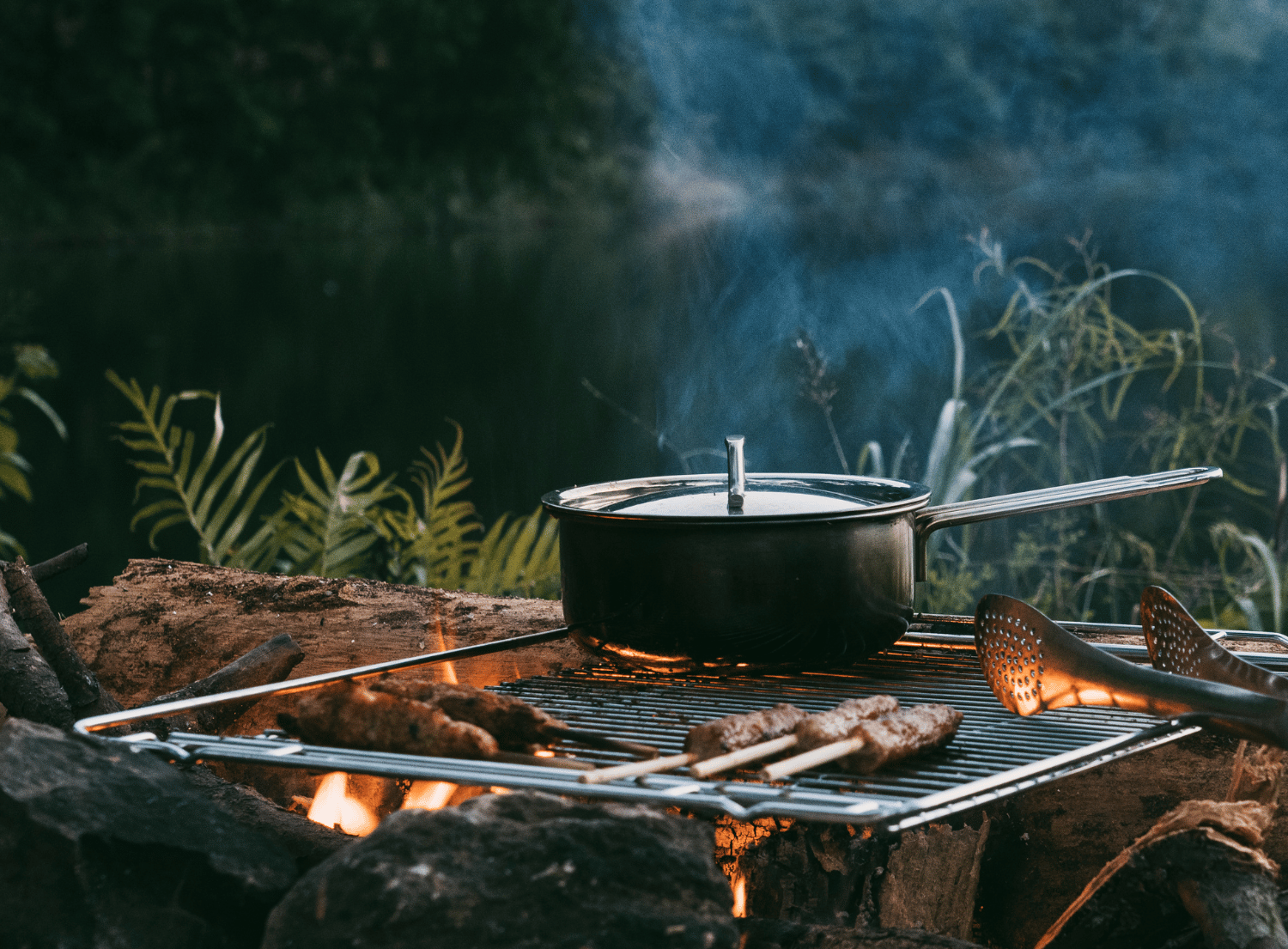What Is a Smoke Ring?
If you’ve ever sliced into a piece of slow-cooked barbecued meat and noticed a light pink to deep pink color just beneath the surface, you’ve seen a smoke ring. A smoke ring is a natural chemical reaction, not just an aesthetic feature. It forms when nitrogen dioxide from burning wood interacts with the myoglobin in fresh muscle meat. The result is a colored smoke ring, typically 1/8” to 1/2” wide, encircling the outer edge of the meat.
Many barbecue enthusiasts strive for a good smoke ring because it’s often seen as a sign of well-cooked smoked meat. Though called smoke rings, they are not caused by the smoke itself but by nitrogen dioxide. A deeper smoke ring does not necessarily mean better flavor, but it does add to the visual appeal of smokey-flavored meats.
The Science Behind Smoke Rings
When wood burns, it produces nitrogen dioxide, which combines with moisture in the meat’s surface to form nitrous acid. This reaction prevents myoglobin from breaking down, causing the meat to turn pink rather than brown. This process is similar to how chemicals sodium nitrate and sodium nitrite preserve meats like corned beef or smoked turkey leg, giving them their characteristic color.
Flaming wood produces more nitrogen dioxide than a smoldering fire, which is why smoke production techniques matter. Using lump charcoal or charcoal briquettes can enhance ring formation since they generate smoke that interacts with the meat's myoglobin more effectively. Cooking at a lower temperature for the first few hours also helps create a good smoke ring, as it prolongs exposure to nitrogen dioxide before the meat reaches 140°F.
Factors That Affect Smoke Ring Formation
Moist meat absorbs nitrogen dioxide more effectively than dry meat. A water pan in the smoker or frequent basting can help retain moisture, leading to a deeper smoke ring. Other factors include:
- Type of wood: Green wood or wood char produces more nitrogen dioxide, which can enhance smoke ring formation.
- Fat cap: Trimming excess fat allows the nitrogen rings to penetrate the meat better.
- Correct vent settings: Ensuring proper airflow can influence smoke interaction effects and ring formation.
- Cold meat start: Keeping meat cold before smoking prolongs exposure to nitric oxide and nitrogen dioxide.
- Charcoal basket use: Maintaining consistent heat and smoke levels helps produce a more defined colored smoke ring.
How to Achieve a Perfect Smoke Ring
To maximize your chances of achieving a perfect pink smoke ring, follow these key steps:
- Start with fresh muscle meat. Prime rib roasts, pork butt, pork shank, and chicken thighs work well.
- Use the right fuel. Lump charcoal, wood chunks, or a combination works best.
- Control temperature. Keep the smoker at a lower temperature (around 225°F) for the first few hours.
- Keep the meat moist. Use a water pan and mop with liquids like celery juice or soapy water.
- Use thin rub layers. Heavy rubs can block nitrogen dioxide penetration.
- Use a few chips of wood. This enhances smoke production and leads to a deeper smoke ring.
The RocketFire Torch is the perfect tool for achieving a perfect smoke ring by quickly igniting lump charcoal and maintaining steady heat for efficient combustion. Its Tri-Flame Cone Tip provides even flame distribution, lighting faster and more consistently with a 60-degree spread. Plus, you can remove the tip to create a 10” flame, ideal for a sous vide finish—making it an essential tool for any grilling adventure.
Common Misconceptions About Smoke Rings
One major misconception is that a smoke ring contributes to smoke flavor. This is where many get smoke flavor confused, the ring is purely visual. The actual smokey taste comes from compounds in the smoke, not from the presence of a colored smoke ring.
Another myth is that a good smoke ring means the meat is more tender or juicy. While visually appealing, the smoke ring doesn’t affect texture or taste. Some pit masters even use celery juice concentrate or celery salt as a natural flavoring to mimic the effect of sodium nitrate without impacting taste.
Enhancing Smoke Ring Color and Flavor
If you want to ensure a deeper smoke ring, certain additives can help:
- Celery juice or celery salt contains naturally occurring nitrate that enhances the pink color.
- Sodium nitrate and sodium nitrite are commonly used in processed meats like ham and pork loin to preserve meats and create a ham-like texture.
- Tender Quick or celery powder can also help maintain the meat's flavor while producing a smoke ring.
A smoke ring is an indicator of well-managed smoke production but does not necessarily mean better-tasting meat. Understanding the science behind what is a smoke ring helps pit masters achieve the right balance between appearance and flavor. Whether you’re smoking a pork rib, chicken breasts, or corned beef, proper techniques ensure that your barbecue not only looks impressive but tastes incredible, too.

